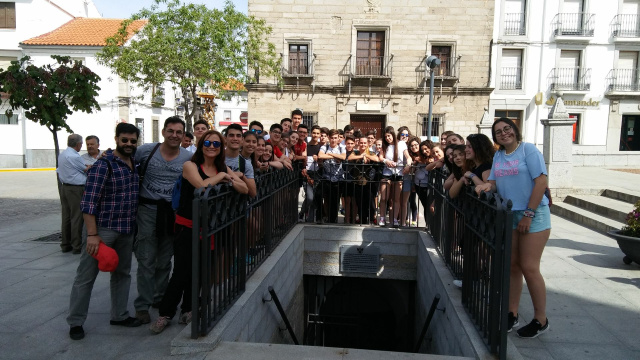VILLANUEVA DE CÓRDOBA

TRIFINIUM OR MUNICIPAL BOUNDARY SIGN
The Romans called 'trifinium' the point where three different territories converged, marked with a large stone slab and an inscription outlining the territorial limits of the three areas, to prevent economic disputes. Embedded in the façade of the Church of San Miguel, one can see the Trifinium (dated to 123 A.D.) in granite, which marked the boundaries between three Hispano-Roman settlements: Epora (identified with Montoro), Sacili (Alcurrucén-Pedro Abad), and Solia (Majadaiglesia, El Guijo). The text ends with a confirmation of this territorial delimitation by Emperor Hadrian, according to the ruling of Judge Julius Proculus.








